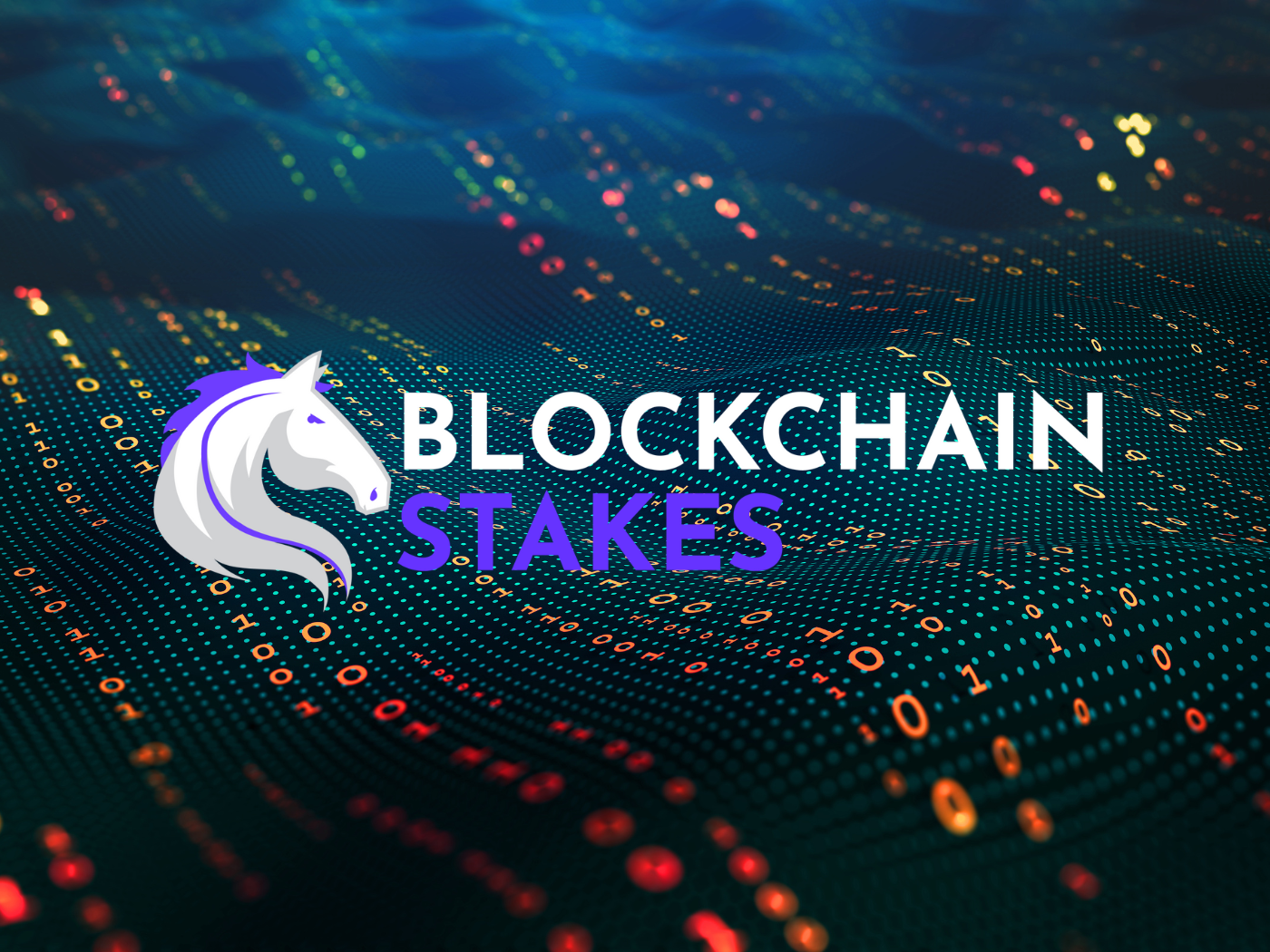Introduction
In the constantly evolving landscape of Web3, where blockchain technology is reshaping industries and redefining digital interactions, one term that’s gaining increasing attention is DePIN – Decentralized Physical Infrastructure Networks. For newcomers to the crypto and Web3 space, understanding the significance of DePIN technology is key to navigating this exciting frontier.
In this blog post, we will unravel the complexities surrounding DePIN technology.We’ll explore its relevance in today’s digital landscape, its potential impact on various sectors, its fundamental concepts, key applications, and how it differs from traditional blockchain technology. After reading, we hope you’ll have a clearer understanding of how DePIN is shaping the future of Web3 security and decentralized infrastructure.
DePIN Blockchain Technology Explained
Decentralized Physical Infrastructure Networks (DePIN) represent a paradigm shift in how we conceptualize and interact with physical infrastructure in the digital age. At its core, DePIN technology leverages blockchain to decentralize control and management of tangible assets, offering a myriad of benefits ranging from enhanced security to increased efficiency. Let’s delve deeper into the key aspects of DePIN technology to better understand its significance in the Web3 landscape.
- Functionality: DePINs operate by dispersing authority and management throughout a network using blockchain technology. This decentralized approach enhances system responsiveness and adaptability to human demands. Rather than relying on centralized entities to control infrastructure, DePINs distribute decision-making power among network participants, ensuring greater resilience and autonomy.
- Applications: The versatility of DePIN technology enables a wide array of real-world applications across various sectors. Through technologies like smart contracts and the Internet of Things (IoT), DePINs facilitate real-time interactions within physical infrastructures. Examples include unchangeable records of product provenance in supply chain management and peer-to-peer energy trading in the energy distribution space. By bridging the gap between digital and physical realms, DePINs unlock new possibilities for decentralized solutions in areas such as transportation, energy, storage, and beyond.
- Advantages:
- Versatility: DePINs find applications across diverse sectors, offering a wide range of possibilities for decentralized solutions.
- Incentivization: These networks utilize token incentives to encourage crowdsourcing, rewarding participants for their contributions to the network.
- Cost-Effectiveness: By sharing responsibilities and costs of infrastructure development, DePINs reduce costs for users compared to centralized systems.
- Components:
- Token Incentives: Service providers receive tokens for their efforts within the network, fostering engagement and contribution.
- Blockchain Architecture: Smart contracts execute rules on token rewards, user fees, and other network operations, forming the backbone of the token economy.
- Off-Chain Computing Infrastructure: Intermediaries like oracles connect real-world data to the blockchain for seamless operations.
DePIN technology represents a significant advancement in bridging the gap between digital and physical realms. By decentralizing control and management of tangible assets, DePINs offer innovative solutions that have the potential to reshape industries and drive decentralization in tangible infrastructure networks. As we continue to witness the evolution of DePIN technology, it’s essential to recognize its role in shaping the future of blockchain technology and physical infrastructure integration.
Differences Between DePIN Blockchain Technology and Traditional Blockchain Technology
While both DePIN blockchain technology and traditional blockchain technology share the underlying principles of decentralization and cryptographic security, they differ significantly in their scope, focus, and applications. Understanding these differences is crucial for grasping the unique value proposition that DePIN technology brings to the table. Let’s explore some key distinctions between the two:
- Scope of Applications:
- Traditional Blockchain: Primarily focused on virtual applications like cryptocurrencies, non-fungible tokens (NFTs), and decentralized finance (DeFi).
- DePIN Blockchain: Extends blockchain technology to real-world use cases, enabling applications in physical infrastructure like energy grids, supply chains, transportation networks, and more. DePINs leverage blockchain to decentralize control and management of tangible assets, offering innovative solutions for enhancing security, efficiency, and transparency in physical systems.
- Network Focus:
- Traditional Blockchain: Typically concentrated on the Web3 space and digital interactions.
- DePIN Blockchain: Aims to bridge the gap between digital and physical worlds by creating decentralized networks for physical infrastructure beyond crypto and DeFi applications. DePINs operate by dispersing authority and management throughout a network using blockchain technology, enabling real-time interactions within physical infrastructures through technologies like smart contracts and the Internet of Things (IoT).
- Incentivization:
- Traditional Blockchain: Incentives often revolve around financial gains through trading or staking.
- DePIN Blockchain: Utilizes token incentives to motivate individuals to share physical resources like storage space, GPU power, or IoT infrastructure, fostering collaboration and participation in maintaining physical systems. Token incentives play a crucial role in driving engagement and contribution within DePIN networks, rewarding users for their efforts in maintaining and operating tangible assets.
- Tokenomics:
- Traditional Blockchain: Tokens are primarily used for financial transactions within the network.
- DePIN Blockchain: Implements tokenomics models tailored to the network’s needs, rewarding users based on their engagement and contributions to the physical infrastructure network. Token rewards are distributed to service providers for their efforts within the network, forming the backbone of the token economy and incentivizing continued participation and growth.
- Interoperability:
- Traditional Blockchain: Focuses on interoperability with other blockchain networks.
- DePIN Blockchain: Requires seamless interoperability with legacy systems and other blockchain networks to ensure efficient functioning of decentralized physical infrastructure networks. Interoperability is essential for integrating DePINs with existing infrastructure and facilitating seamless data exchange between different systems and platforms.
- Security and Efficiency:
- Traditional Blockchain: Emphasizes security and efficiency in virtual transactions.
- DePIN Blockchain: Enhances security, efficiency, and transparency in physical systems like renewable energy grids and supply chain operations through blockchain technology. DePINs leverage blockchain to create immutable and transparent ledgers, ensuring data integrity and accountability in physical infrastructure networks.
In summary, while traditional blockchain technology has revolutionized digital interactions and financial transactions, DePIN blockchain technology takes a step further by integrating blockchain into physical infrastructure networks. DePINs offer a new paradigm where blockchain incentivizes collaboration in maintaining tangible assets, opening up a wide array of possibilities for decentralized solutions in various industries beyond the virtual realm.
Building Tomorrow: Real-World Transformations with DePIN Blockchain Solutions
The transformative potential of DePIN blockchain technology becomes most evident when examining its real-world applications across various sectors. By integrating blockchain technology with tangible infrastructure, DePINs offer innovative solutions that enhance security, transparency, and efficiency in diverse industries. Let’s explore some key examples of DePIN technology in action:
- Cloud and Storage Networks:
Filecoin: Filecoin has redefined data storage through decentralized cloud networks, where users monetize spare computer storage space and earn cryptocurrency rewards. By leveraging blockchain technology, Filecoin ensures secure and reliable data storage while democratizing access to storage resources.
Solana's integration with #Filecoin is a significant move away from centralized storage solutions and a remarkable step towards enhancing the reliability and scalability of the Solana blockchain.@solana is utilizing Filecoin to make its block history more accessible and usable… pic.twitter.com/1NcuaLNYT5
— Filecoin (@Filecoin) February 16, 2024
- Wireless Networks:
Helium: Helium leads decentralized wireless networks by incentivizing individuals to establish hotspots for IoT devices and earn cryptocurrency rewards. Through its blockchain-powered network, Helium creates a decentralized infrastructure for IoT connectivity, offering reliability and scalability in wireless communications.
🗞️ Read the latest article from @heliumfndn CEO @abhay in an interview with @nasdaq, where he discusses the Helium Network and the future of tech. #DePIN https://t.co/atfI93ENiz
— Helium🎈 (@helium) December 29, 2023
- Sensor Networks:
Hivemapper: Hivemapper involves individuals sharing real-time data through sensors like dashcams to map communities, rewarding users with virtual currency for their contributions. By leveraging blockchain technology, Hivemapper creates a decentralized platform for crowd-sourced mapping, enhancing spatial awareness and community engagement.
Mapping is like running laps, not sprinting to the finish.
— Hivemapper (@Hivemapper) March 12, 2024
Just mapping all the roads once is hard. But what matters most is keeping it fresh month after month.
The community is making incredible progress. Monthly refresh reached 3.9M km in Feb, or >6% of global roads.#DePIN pic.twitter.com/XL1juyitoV
- Energy Networks:
Arkreen: Arkreen connects green energy providers to share renewable energy data, promoting the integration of sustainable energy sources into the wider energy infrastructure. Through its decentralized network, Arkreen facilitates peer-to-peer energy trading, enabling consumers to access renewable energy resources efficiently.
Join us at BEVM @BTClayer2 as we harness the potential of 'Public Goods' to propel sustainability in the Bitcoin Ecosystem! Together, let's cultivate sustainability in the Bitcoin Ecosystem through the DePIN+ ReFi Narrative.
— arkreen (@arkreen_network) March 21, 2024
The highly anticipated launch of GreenBTC Branded… pic.twitter.com/uGm9dXVGNX
DePIN technology holds immense potential to transform traditional systems by democratizing access to infrastructure resources, offering transparency, efficiency, security, and tangible benefits across various sectors. As we witness the continued evolution of DePIN technology, its impact on industries and communities worldwide will undoubtedly continue to grow, driving innovation and decentralization in the digital age.
Key Takeaway
In the ever-expanding landscape of Web3, DePIN blockchain technology emerges as a beacon of innovation, bridging the gap between digital and physical realms to revolutionize industries and empower individuals. By understanding the significance of DePIN technology and staying up to date with developments in the field, individuals can actively contribute to the advancement of decentralized infrastructure and the realization of a more inclusive, resilient, and sustainable future.

















